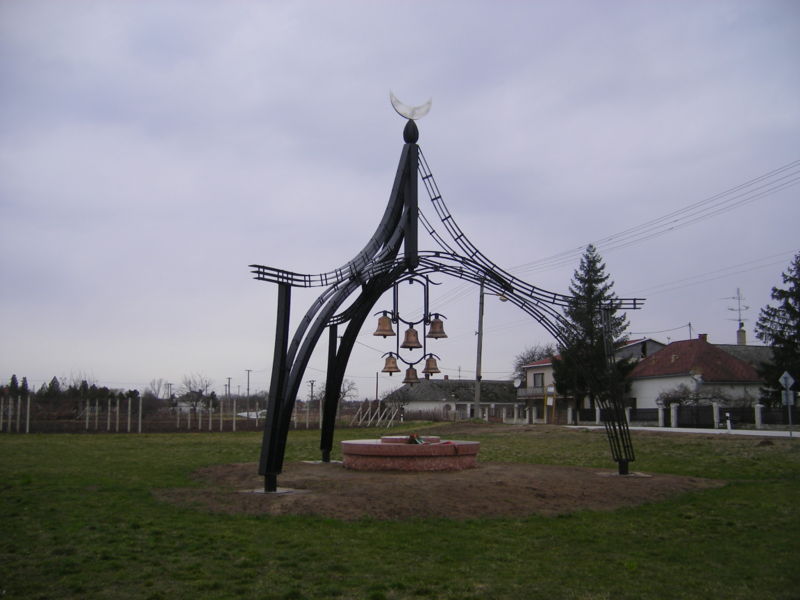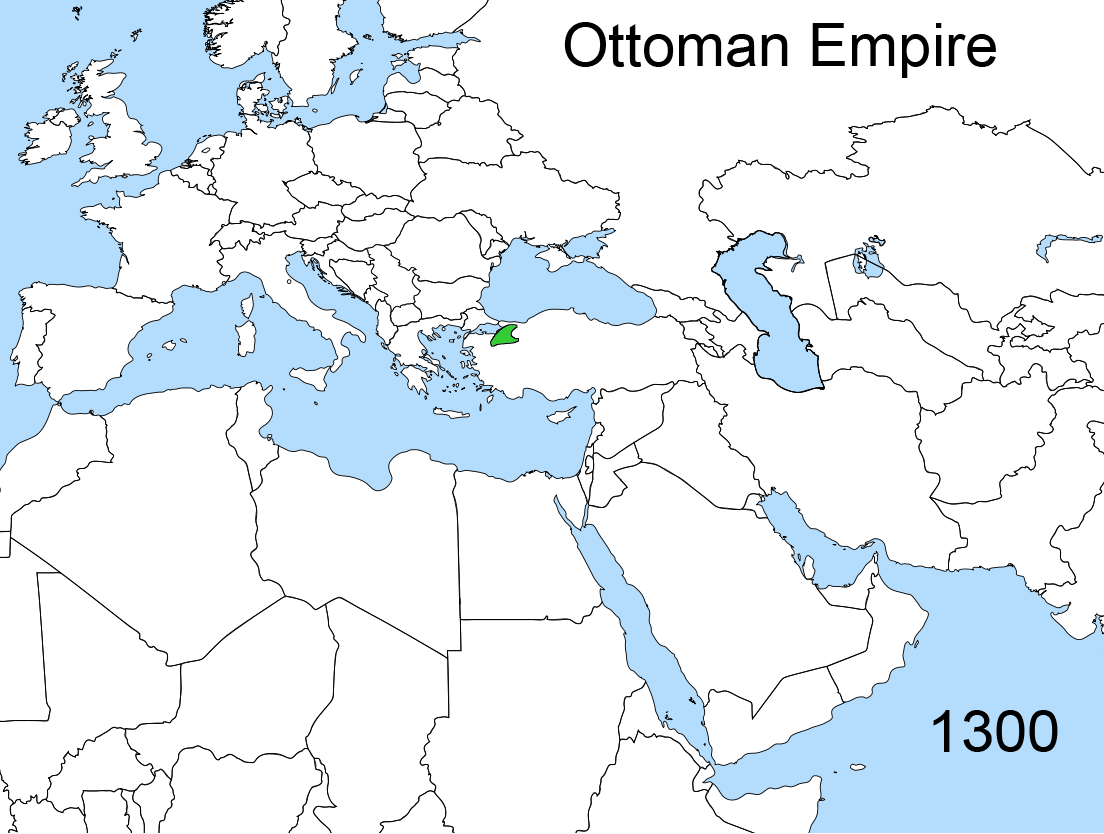SK:
 Žitavský mier (madarsky: Zsitvatoroki béke; turecky: Zitvatorok Anlasmasi) bola mierová dohoda, ktorá ukoncila 15-rocnú vojnu medzi Osmanskou ríšou a Habsburgovcami. Dohoda bola súcastou mierových dohôd, ktoré ukoncili protihabsburgské povstania Štefana Bocskaya (1604-1606).
Žitavský mier (madarsky: Zsitvatoroki béke; turecky: Zitvatorok Anlasmasi) bola mierová dohoda, ktorá ukoncila 15-rocnú vojnu medzi Osmanskou ríšou a Habsburgovcami. Dohoda bola súcastou mierových dohôd, ktoré ukoncili protihabsburgské povstania Štefana Bocskaya (1604-1606).
Dohoda bola podpísaná pri pôvodnom ústí rieky Žitava do Dunaja. Na tomto mieste neskôr vznikla osada Žitavská Tôna (madarsky: Zsitvatorok), ktorá v súcasnosti je súcastou obce Radvan nad Dunajom (madarsky: Dunaradvány). V súcasnosti po umelých zásahoch do toku rieky, rieka Žitava ústí pri obci Martovce do rieky Nitra.
Mierová dohoda bola podpísana na 20 rokov. Podla podmienok dohody Osmanská ríša získala 200.000 zlatých (namiesto 30.000, ktoré dostávala rocne pred vojnou) a obe strany získali územia, ktoré okupovali. Osmanská ríša uznala rakúskych Habsburgovcov ako rovnocenných partnerov prvýkrát v histórii a uznala Habsburgovcov ako rímske cisárstvo. Dohoda zakazovala Osmanskej ríši dalej drancovat územie uhorského královstva a prislúbila uhorskému panstvu možnost vyberat dane podla tureckých pravidiel. Privilegovaným vrstvám slúbila danovú slobodu. Avšak Turci v skutocnosti tieto pravidlá nikdy nedodržali.
Dohoda bola podpisaná sultánom Ahmedom I a rakúskym arcivojvodom Matthiasom aj napriek silnému odporu jeho brata cisára Rudolf II. Zamedzenie expanzie Osmanskej ríše do habsburgského územia pocas dlhej vojny, bola ich prvou geopolitickou porážkou. To prinútilo Osmanskú ríšu uznat rovnost jej oponentov a koniec dalšej agresie. Avšak mier medzi oboma mocnostami viedla k dalším vojnám Osmanskej ríše v iných castiach Európy.
Pri príležitosti 400-tého výrocia podpísania mierovej dohody v roku 2006 sa v mieste podpísania tejto historickej dohody postavil pamätník, kde je ukrytá aj cache. Okolie je typická podunajská krajina krásnymi zákutiami, vinohradmi a termálnymi pramenmi. Nedaleko sa nachádzajú aj známe termálne kúpele a wellness centrum Patince.
UPOZORNENIE: Zvony sú napojené na alarm, ktorý sa v prípade akéhokolvek dotyku zvonov aktivuje !!!
EN:
Peace of Zsitvatorok (Hungarian: Zsitvatoroki béke; Slovak: Žitavský mier; Turkish: Zitvatorok Anlasmasi) was a peace treaty which ended the Fifteen Years' War between the Ottoman Empire and the Habsburg Monarchy on November 11, 1606. The treaty was part of a system of peace treaties which put an end to the anti-Habsburg uprising of Stephen Bocskay (1604-1606).
ended the Fifteen Years' War between the Ottoman Empire and the Habsburg Monarchy on November 11, 1606. The treaty was part of a system of peace treaties which put an end to the anti-Habsburg uprising of Stephen Bocskay (1604-1606).
The treaty was signed at the former mouth of the Žitava River (Hungarian: Zsitva), which flows into the Danube in Royal Hungary (today's Slovakia). This location would later become the small settlement Žitavská Tôna (Hungarian: Zsitvatorok), a part of the village Radvan nad Dunajom (Hungarian: Dunaradvány).
The peace was signed for 20 years. Under the terms of the treaty, the Ottomans received 200,000 guldens (instead of annual tributes of 30,000 guldens which they had received before the war) and both side kept the territories occupied by them. The Ottomans recognized the Austrian Habsburgs as equal partners for the first time in history - they recognized that the Habsburgs were "Roman Emperors" (Holy Roman Emperors), not only "Kings of Vienna" (as the Ottomans had called them before). The treaty prohibited Ottoman looting campaigns to the territory of Royal Hungary, and stipulated that Hungarian settlements under Turkish rule could collect taxes themselves by means of village judges. The Ottomans also acknowledged the tax-free privilege of nobles. The Turks never really complied with these later terms, however.
The treaty was signed by Sultan Ahmed I and Archduke Matthias of Austria, despite strong opposition on the part of Emperor Rudolf II, Matthias's brother. The Ottomans' inability to penetrate further into Habsburg territory (Royal Hungary) during the Long War was one of their first geopolitical defeats. It forced the Ottomans to acknowledge the equality of their opponents and end further aggression for decades. However, warfare between the two powers continued in further Ottoman wars in Europe.
After 400 years of this treaty signment the memorial was built on the place where this historical treaty was signed. The cache is hidden there..
WARNING: The bells are connected to the alarm system, which is activated immediatelly after any touch !!!
